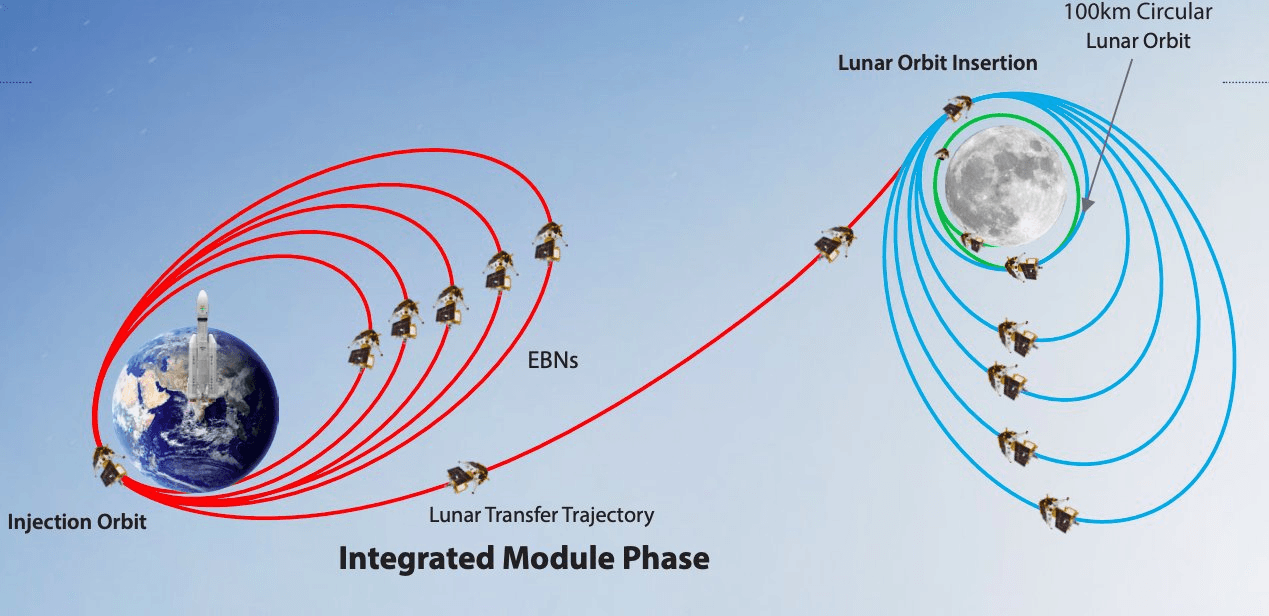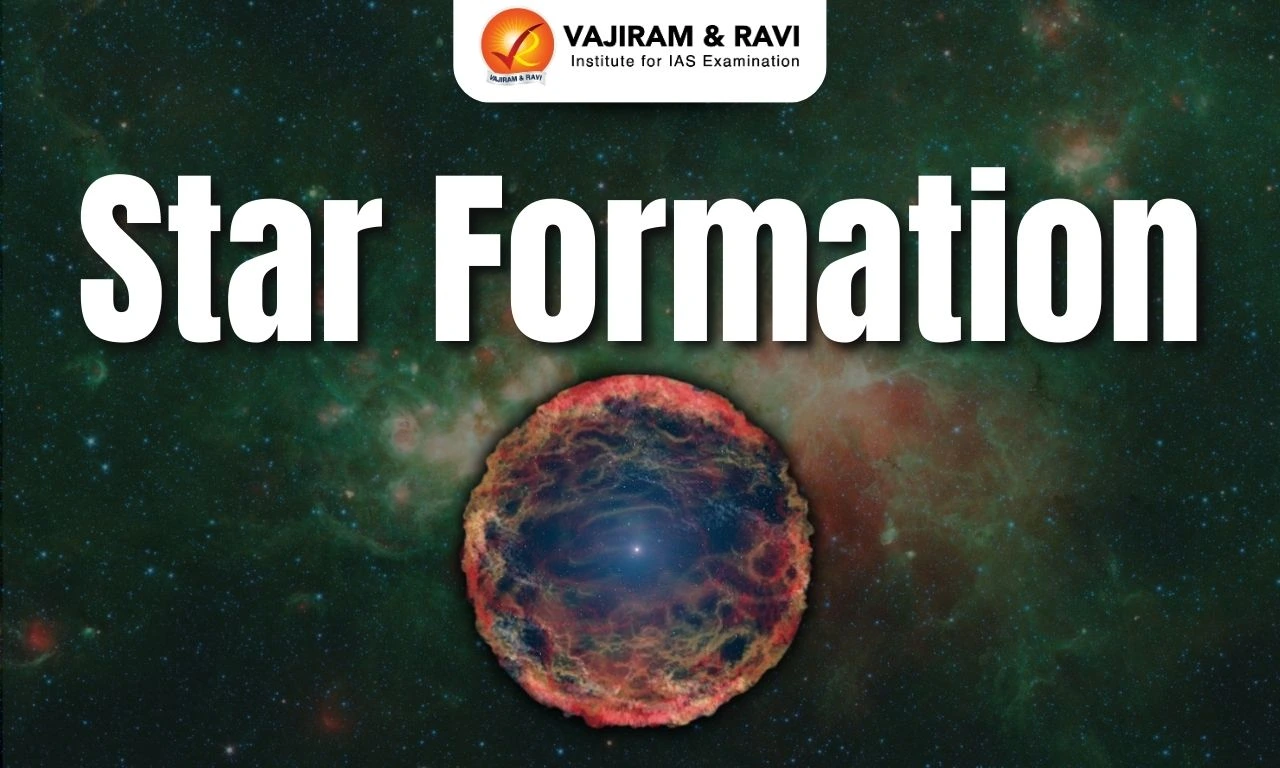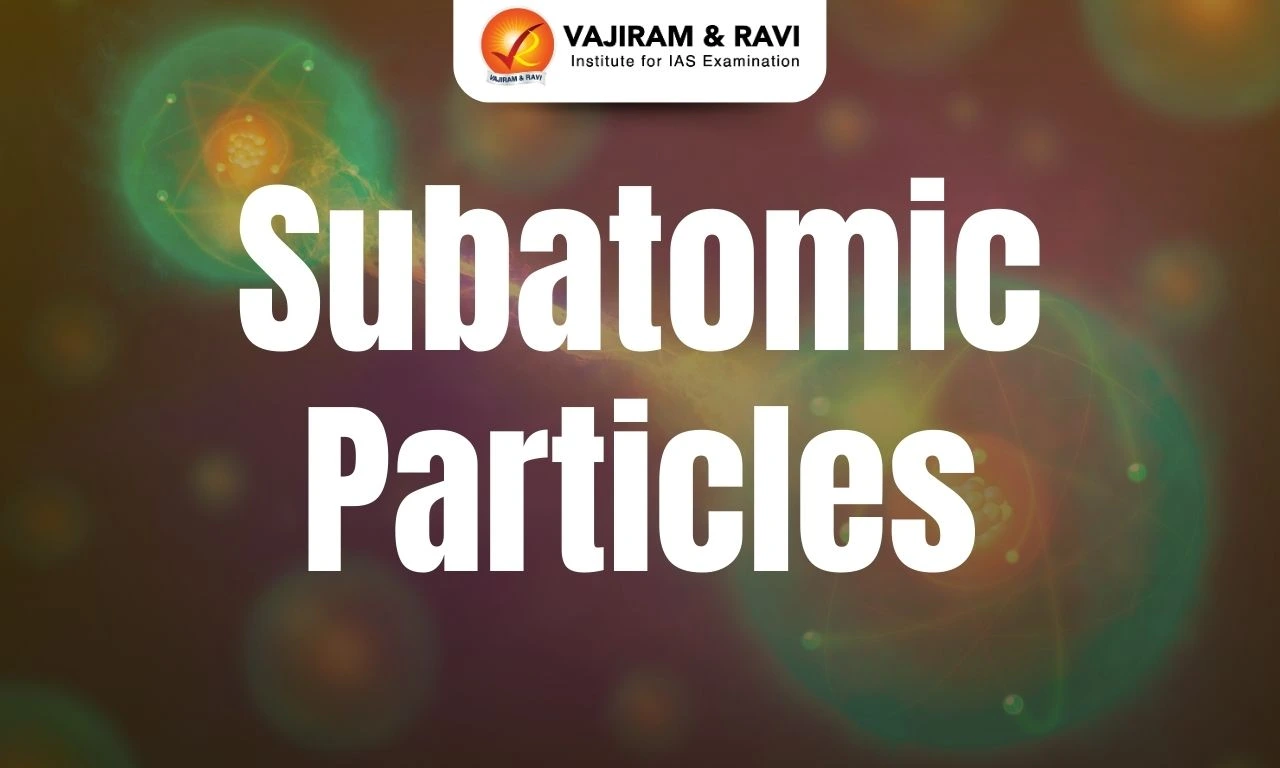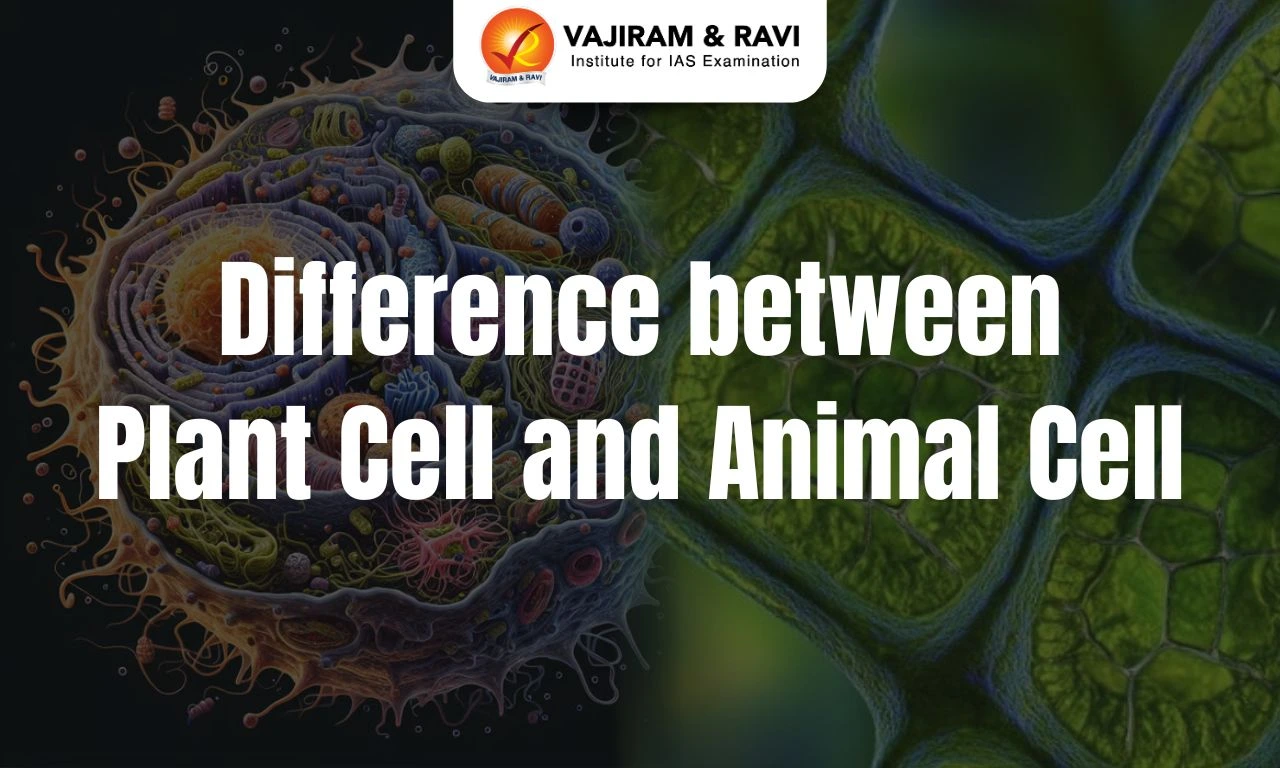Chandrayaan-3 Mission is the second attempt of the Indian Space Research Organisation after the Chandrayaan-2 to demonstrate the capability of India in safe landing and roving on the lunar surface. The Lander Module of Chandrayaan-3 carrying the Lander, Vikram and Rover, Pragyan, made the historic soft landing on the surface of the Lunar South Pole on August 23, 2023. Thus, India became the first nation to soft-land on the surface of the Lunar south pole and overall the fourth to do a soft landing anywhere on the Earth’s natural satellite. Indian Space Research Organisation launched the Chandrayaan-3 Mission by using the Geosynchronous Satellite Launch Vehicle Mark III (LVM3) on 14th July 2023 from Sriharikota.
With the objective to demonstrate the ability to soft landing and roving as well as to carry out experiments on the lunar surface, the Chandrayaan 3 Mission aims to strengthen India’s prowess in space discovery and innovation. Continuing the success of its predecessors (Chandrayaan-1 and Chandrayaan-2), the Mission has brought India into the exclusive elite space club.
What is the Chandrayaan 3 Mission?
The Chandrayaan 3 Mission was launched using the LVM3 rocket system. LVM3 is the new launch vehicle of ISRO with the capability to place the modules into the GTO (Geosynchronous Transfer Orbit) in a cost-effective manner. It is a three-stage launch vehicle with two solid strap stages and one core liquid stage. The Launcher, LVM3 M4, placed the integrated Modules in an Elliptic Parking Orbit of size approx. 170 x 36500 km (a GTO).
Objectives of Chandrayaan 3 Mission
One of the many goals of the Mission is to look for water ice that could support future human life on the Moon and also for supplying propellants for spacecraft in future interplanetary missions. The objectives of the Chandrayaan-3 mission are:
- Safe and Soft Landing on the Lunar Surface by the Lander
- Roving on the Moon by the Rover
- In-situ scientific experiments by the Rover
Parts of the Chandrayaan 3 Mission
The Chandrayaan-3 Mission consists of two modules – The propulsion module (PM) and the Lander module (LM). The total mass of both the modules is 3900 kg (Propulsion Module-2148 kg, and Lander Module-1752 kg, including Rover-26 kg).
Propulsion Module
The propulsion module carried the lander and rover configuration till the 100 km lunar orbit. Other than carrying the Lander Module, it also has a scientific payload called Spectro-polarimetry of Habitable Planet Earth (SHAPE).
- The SHAPE payload will conduct novel spectro-polarimetric studies of Earth from lunar orbit. It will look for smaller planets that could be habitable in the reflected light.
Lander Module
The Lander Module consists of a Lander (Vikram) and a Rover (Pragyan). The Lander Module made the soft landing using the Automatic Landing Sequence (ALS), where the Lander started its engine (thrusters) and maneuvered the speed and direction of the Module as well as the position of the landing site.
After the historic touchdown, the Rover inside it ramped down on the lunar surface to carry out in-situ chemical analysis of the lunar surface during its mission life.
- The total lifespan of the Mission (Lander and Rover) is lunar day (14 Earth days).
- Both the Lander and the Rover have scientific payloads to carry out experiments on the lunar surface.
- The objectives of scientific payloads planned on the Chandrayaan-3 Lander Module and Rover are provided below:
| Scientific Payloads | Objectives |
| Lander payloads | |
| – Radio Anatomy of Moon Bound Hypersensitive Ionosphere and Atmosphere (RAMBHA) | – To measure the plasma density fluctuations near the lunar surface. |
| – Chandra’s Surface Thermophysical Experiment (ChaSTE) | – To carry out the thermal traits of the moon’s frigid polar zones. |
| – Instrument for Lunar Seismic Activity (ILSA) | – To measure seismic activity, unveiling lunar crust-mantle configuration |
| – LASER Retroreflector Array (LRA) | – To understand the dynamics of the Moon system |
| Rover payloads | |
| – Alpha Particle X-ray Spectrometer (APXS) | – To determine the soil and rocks’ chemical composition and mineral attributes |
| – LASER Induced Breakdown Spectroscope (LIBS) | – To analyse elemental constitution, enriching lunar geology insights |
Timeline of the Chandrayaan 3 Mission
- Launched: July 14, 2023
- Inserted into Lunar Orbit: August 05
- Separation of the Lander Module from the Propulsion Module: August 17
- First Deboosting: August 18
- Deboosting is the slowing down of the spacecraft in an orbit where the Perilune (closest point to the Moon) is 30 km, and the farthest point (the Apolune) is 100 km from the landing site in the South Polar Region.
- It is required for the proper landing as the speed needed to land is much less than the lander.
- Second Deboosting on August 20
- Soft landing on August 23
- The targeted site on the Moon was around 70 degrees South near the Southern pole of the Moon.
- If the Lander had missed the target of the commencement of the soft landing, It would have to wait for 1 month.
- It landed at around 69.36°S and 32.34°E (between Manzinus C and Simpelius N craters).
- Rover started its exploration on August 24
What differentiates Chandrayaan 3 from Chandrayaan 2?
Chandrayaan-2 failed in the final phase of its mission in 2019 because it could not achieve a soft landing. The main issue for the crash was that the five thrusters on the lander developed a higher velocity than expected. Also, the lander had to take pictures to fix the landing site. All of this made the accumulated errors. Learning from previous experiences, the ISRO had incorporated some advancements to achieve success this time, which are as follows:
“Failure-based design” instead of the “Success-based design”:
- The failure-based design means that if everything, including sensors and electronics, had failed, Vikram would still have made the soft landing.
- This was done by identifying and rectifying all the probable scenarios that could go wrong.
- These included failure of electronics, engine failure, unable to reach the landing spot, sensor failure, algorithm failure, velocity higher than required, etc.
Increase in the landing area:
- The target area of Chandrayaan-3 was kept at 4km x 2.4km area instead of 500m x 500m targeted by Chandrayaan-2 so that the Lander had more options to choose the best target site on its own.
More fuel to Lander:
- It was kept to facilitate the Lander to travel longer distances to the landing site and, if needed, to the alternate landing site.
Help from Chandrayaan-2 orbiter:
- The Chandrayaan-3 mission does not carry an orbiter; it is using the high-resolution images from the Chandrayaan-2 orbiter.
More robust integrated craft:
- The weight of the payload of Chandrayaan-3 had been kept more than the Chandrayaan-2, with the Lander having most of the extra weight for successful landing.
- The number of thrusters had decreased from five to four with no central thrusters.
- The legs of the Lander were made sturdier to ensure that they could land even at a higher velocity.
- Use of additional solar panels to ensure power generation after a soft landing regardless of the weather on the Moon.
Chandrayaan-3 vs Luna-25
Luna-25, Russia’s first lunar mission since 1976, has recently crashed in an attempt to get into the landing orbit. It was targeted to land at the South Pole of the Moon, of particular interest to researchers believing that the polar craters might contain frozen water in their rocks. There are some differences between the Chandrayaan-3 and the Luna-25, which are as follows:
| Factors | Luna-25 | Chandrayaan-3 |
| Journey time (to reach lunar orbit) | 6 days (due to more fuel storage) | 23 days (relying more on gravity) |
| Path of the trajectory | Direct trajectory (more fuel) | More circuitous route (economic) |
| Payload weight | 1,750 kg (Lighter payload, higher fuel storage) | 3900 kg payload (higher payload, more robustness) |
| Rover | Absent (the scientific study was to be carried out by the Lander) | Pragyan (Rover) |
| Mission life | 1 year | 14 days (1 lunar day) |
| Power for the Mission (post landing) | Nuclear radioisotopes and Solar energy | Solar panel |
Significance of the Chandrayaan 3 Mission
India’s Chandrayaan-3 mission aims to continue the nation’s lunar exploration efforts and build on the achievements of previous missions like Chandrayaan-1 and 2. The undertaking holds significance for multiple reasons:
Future lunar exploration:
- The Mission can play a vital role in India’s quest to establish a human presence on the moon.
- The collaboration with JAXA (Japan Aerospace Exploration Agency) for their Lunar Polar Exploration mission (LUPEX) or Chandrayaan-4, etc., will be benefited by the success of this Mission.
Advancing space education:
- The Mission will work towards advancing space education and scientific temper in India.
- It can serve as an inspiration for the scientific community as well as future generations of space enthusiasts.
Lunar Surface Exploration:
- Chandrayaan-2 rеvеаlеd moon details like landscapе, minеrals, and watеr.
- Chandrayaan-3’s landеr and rovеr are studying rocks and soil to understand moon history, possibly revealing asteroid impacts that caused surface changes.
- Focusing on thе moon’s south polе, Chandrayaan-3 aims to find minеrals, undеrground fеaturеs, and watеr, promising frеsh insights into moon gеology and resources.
Scientific Discoveries:
- Chandrayaan-3 carriеs tools to study moonquakes and undеrground hеat. Sеismomеtеrs on its surfacе show thе moon’s interior and thеrmal probеs uncovеr crust movеmеnts, aiding our knowledge of thе moon.
- It will strengthen India’s grasp of lunar gеology, rеsourcеs, and surroundings, deepening insights about cеlеstial bodiеs.
- The Mission sееks to undеrstand sеismicity and thеrmal traits, еnlightеning us about thе moon’s intеrior workings and broadеr cosmic undеrstanding.
Boosting private investment:
- India’s field-tech sector is on investors’ radars with historic growth of private rocket launches and satellite deployments by 2022.
- The accomplishment of the Chandrayaan trio should drive investor confidence higher and attract more private investment in aerospace technology projects.
Job creation:
- India’s booming aerospace technology sector has already created hundreds of jobs.
- Successful lunar missions and subsequent programs are poised to create additional high-tech business opportunities, both directly and indirectly.
Nurturing startups:
- The success of Chandrayaan-3 could be a technology showcase, boosting India’s goodwill in the global space community.
- This could attract joint ventures and business opportunities for Indian companies and startups to develop and develop space systems for the global market.
Strengthening international reputation:
- Successful completion of Chandrayaan-3 will make India the fourth country to land on the moon, earn global recognition and lead to the cost-effective adoption of spacecraft manufactured by Indian companies and proof of its reliability.
- This achievement could lead to useful international cooperation.
Strategic Positioning:
- The success of Chandrayaan-3 could position India as an important player in the international space race, potentially matching China’s influence. With Russia facing economic sanctions, it is an opportunity for India to strengthen its position.
- Together with Artemis Accords, it will enhance India’s ever-increasing space footprints.
Overall, Chandrayaan-3’s success will signal India’s emergence as a space leader, unlocking major economic benefits through investments, commercial contracts, jobs, and strategic positioning for the country.
Way Forward
As India continues to advance its space program through missions like Chandrayaan-3, it is imperative to chart the way forward strategically. While the moon presents new economic and technological possibilities, sustaining progress requires farsighted policies and practices.
- Lunar Economy Vision: This mission aligns with the global goal of a “lunar еconomy”. Countries like the US, India, Russia, and China еnvision longer lunar prеsеncе, fostering economic benefits as well as space exploration development.
- Prospects for Dееp Spacе missions: Lunar gravity and atmosphеrе open doors for low-cost space launches in absence. The ability to use lunar resources for rocket propеllant could rеvolutionizе Thе interplanetary missions.
- Navigating orbital uncertainty: ISRO collaborates with the Inter-Agency Space Debris Coordination Committee (IADC) to ensure safe navigation, considering the risk of collision risk while orbiting the spacecraft. Sustainablе practices arе pivotal for thе еvolving cislunar and lunar еnvironmеnt.
- Advancing Spacе Policiеs: India’s robust spacе policiеs, including thе Indian Spacе Policy (2023), stimulate private investments in spacе vеnturеs. Initiatives like the Anusandhan National Research Foundation encourage research and innovation.
- Transition to Sustainability: Prеvious missions wеrе financially еxtravagant, еnеrgy-intеnsivе, and prеcarious, with a nеarly 50% failurе ratе. In contrast, prеsеnt lunar missions leverage advanced technologies, matеrials, and safety protocols, ensuring higher success rates and cost-efficiency.
Chandrayaan-3 signifies a key milestone in global lunar exploration efforts, aligned with establishing a sustainable lunar presence driven by economic and technological incentives. India must seize this opportunity to advance scientifically, technologically and strategically by nurturing talent, enabling private participation and realizing possibilities for national growth.
Last updated on Feb, 2025
→ UPSC Notification 2025 was released on 22nd January 2025.
→ The UPSC Vacancy 2025 were released 1129, out of which 979 were for UPSC CSE and remaining 150 are for UPSC IFoS.
→ As per UPSC Notification, the last date to apply is 18th February 2025.
→ The UPSC Prelims 2025 is scheduled to be conducted on 25th May 2025 and UPSC Mains 2025 will be conducted on 22nd August 2025.
→ Apply once through it and aspirants can apply for various government exams conducted by UPSC.
→ The UPSC Selection Process is of 3 stages-Prelims, Mains and Interview.
→ Also check Best IAS Coaching in Delhi
Tags: chandrayaan 3 quest















